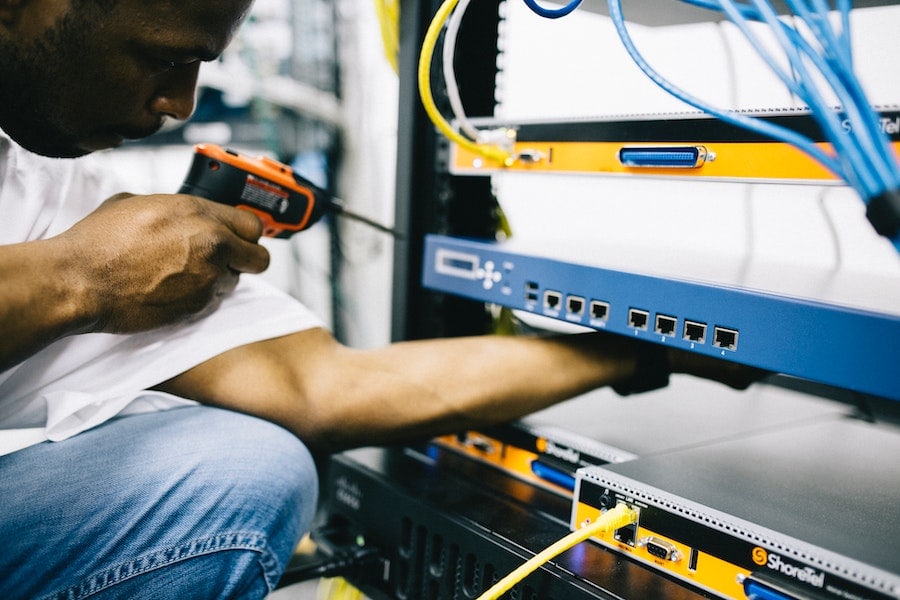Enhancing Safety and Surveillance Effectiveness Via Strategic Security CCTV Placement in Commercial Environments
Enhancing Safety and Surveillance Effectiveness Via Strategic Security CCTV Placement in Commercial Environments
Blog Article
Within today’s retail environments, safety is a top priority for store owners and managers. One effective way to enhance safety and surveillance is through the tactical installation of surveillance cameras. Such devices not only help deter theft and criminal acts but also provide valuable evidence in instances of incidents. By understanding the best locations for camera installation, store owners can maximize their effectiveness and foster a safer shopping environment for shoppers and employees alike.
The initial step in successful surveillance camera placement is to locate high-risk areas within the retail space. Such areas typically include entry points and exits, cash counters, and sections where expensive items are showcased. By placing surveillance devices in these locations, store owners can observe customer actions and detect suspicious conduct. Additionally, surveillance systems at entrances can capture footage of individuals entering and exiting the retail space, which is essential for recognizing potential shoplifters. This preventive strategy helps in reducing loss and guaranteeing a secure environment.
Another key consideration is the type of camera used in the store environment. Different cameras fulfill different purposes. For example, dome-shaped surveillance cameras are often used for indoor monitoring because they are less obtrusive and can this article monitor a broad space. Conversely, bullet surveillance cameras are best for outdoor use, as they are more conspicuous and can discourage illegal behavior. Retailers should assess their specific requirements and select the suitable surveillance device types to guarantee comprehensive coverage of the retail space.
In addition to camera types, the angle and height at which cameras are installed play a significant role in their efficacy. Surveillance devices should be set at a level that allows for clear viewing of faces and activities without being easily manipulated with. A common recommendation is to install cameras at least 8 to 10 ft off the floor. Furthermore, cameras should be angled to monitor as wide space as possible while avoiding blind spots. This strategic placement guarantees that all zones of the retail space are monitored, providing a complete perspective of shopper engagements and potential security risks.
Ultimately, it is crucial for store owners to consistently review and maintain their monitoring systems. This includes checking camera performance, confirming that recordings are clear, and updating programs as required. Regular maintenance helps to avoid mechanical issues that could compromise safety. Additionally, store owners should analyze footage regularly to spot patterns in customer actions and possible safety risks. By staying vigilant and mindful to their surveillance systems, store owners can create a safer retail environment and safeguard their assets effectively.